The gun and bomb attack on Istanbul’s international airport in June this year, followed by the coup yesterday night made me feel very hopeless about the state of the world today. Turkey has always had a very volatile history as is evident from this timeline but the beauty of modern Turkey was its fabulous secular fabric woven by Kemal Ataturk. The rise of political Islam started threatening it from the mid 1990s, but it wasn’t until 2002 when this potential danger became a reality as Erdogan took over as prime minister and then got elected as president in 2014.
I had visited Turkey right after the election, in September 2014, and fell in love with it instantly. I had been planning to write about my trip for a while and I decided to finish it today and post it as an ode to Istanbul. Hope I can take you all for a trip down my memory lane…
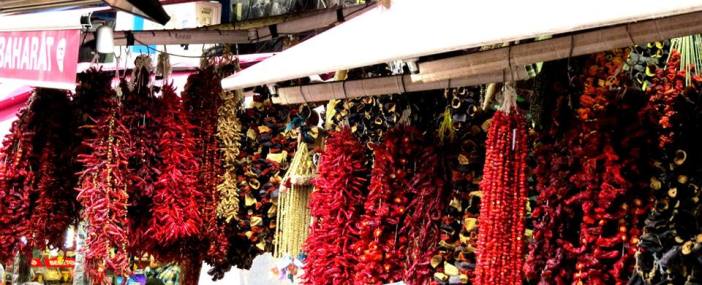
Istanbul had always fascinated me because of the rich tapestry of history woven into its culture. Not to mention its varied geography and mouth-watering cuisine. And after visiting the city, I can say without a doubt that it is the most interesting place I have ever been to. Every nook and corner of the city has a story to tell and one cannot help but gape in wonder at the presence of culture and history stamped on every other building along with its amazing sights and smells. But first, a little bit of history for the uninitiated.
For more than 2000 years, Istanbul was the capital of three empires: Roman, Byzantine and Ottoman. Records show proof of human inhabitation since 3000 BCE, but it was the Greeks – led by King Byzas – who first laid the foundation of Byzantium, along the banks of Bosporus Strait in 7th century BCE.

After Byzantium became part of the Roman Empire in the 300s, Emperor Constantine the Great, decided to renovate the city in a grand way. In 330 CE, he made it his capital and renamed it Constantinople. He also remodelled its monuments to resemble those in Rome. The city grew rapidly but in 395 CE, after the death of Emperor Theodosius I, there was a major upheaval when his sons split the empire permanently.
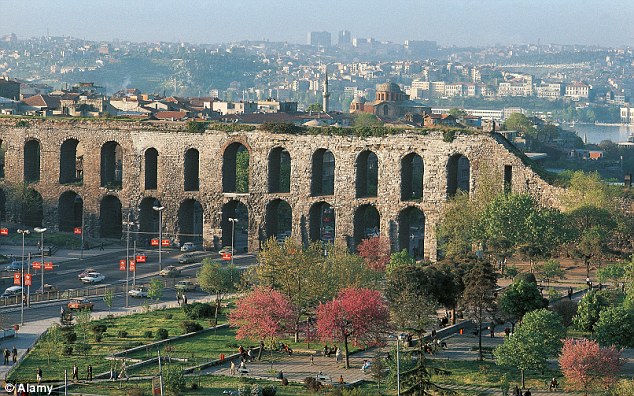
As a result, in the 400s, Constantinople became the capital of the Byzantine or Eastern Roman Empire (between 395-1204 CE and 1261-1453 CE), and acquired a distinctive Greek flavour. It prospered commercially and culturally, due to its strategic location between Asia and Europe. An anti-government revolt in 532 CE destroyed the city but it was again rebuilt. Some of its more famous monuments like the stunning Hagia Sophia (Aya Sofya) were also constructed during this period which was also when Constantinople became the center of the Greek Orthodox Church.

Between 1204-1261 CE, there was a political turmoil of sorts. Constantinople had become the target for many attacks from all over the Middle-East due to its rise in stature and prosperity. The city was desecrated in 1204 CE, and for a while, it even came under the control of some members of the Fourth Crusade and became the center of the Catholic Latin Empire. Caught in the tussle between the Catholic Latin Empire and the Greek Orthodox Byzantine Empire, Constantinople started to slide downwards to a road of decline. In 1261 CE, the Empire of Nicaea recaptured Constantinople and returned it to the Byzantine Empire. No wonder, this city is soaked in history!

Simultaneously, the power of the Ottoman Turks was on the rise as they started conquering the neighbouring cities of Constantinople, gradually isolating it from them. In 1453, the Ottomans, led by Sultan Mehmed II, took over the city after a 53-day siege. The last Byzantine emperor, Constantine XI, perished defending his capital, which almost immediately got renamed to Istanbul by the Sultan.
Sultan Mehmed II promptly tried to revive Istanbul by
- creating the Grand Bazaar – one of the largest covered marketplaces in the world with around 4000 shops
- bringing back the fleeing Catholic and Greek Orthodox residents
- bringing in Muslim, Christian, and Jewish families to establish a mixed populace
- building architectural monuments, schools, hospitals, public baths, and grand imperial mosques.

From 1520 to 1566, Suleiman the Magnificent controlled the Ottoman Empire and there were many artistic and architectural achievements that made it a major cultural, political, and commercial center. By the mid-1500s, the city’s population also grew to almost 1 million inhabitants. The Ottoman Empire ruled Istanbul until it was defeated and occupied by the allies in World War I. (http://geography.about.com/od/specificplacesofinterest/a/istanbul.htm)

Post Turkish War of Independence, Istanbul became a part of the Republic of Turkey in 1923. For the first time in 2000 years, it lost its status of a capital city to the more centrally located Ankara. In the 1940s and 1950s, after a brief period of negligence, Istanbul started to re-emerge and in the 1970s, its rapid population growth caused it to expand its boundaries and get transformed into the major metropolis we see it today.


We had rented a lovely apartment in Pera/Beyoglu through Airbnb. Our morning walk started from the famous İstiklal Avenue or Istiklal Street (Turkish: İstiklâl Caddesi, French: Grande Rue de Péra, English: Independence Avenue) which was literally a stone’s throw away. The photos below will hopefully take you along with us as we explored the city by foot.
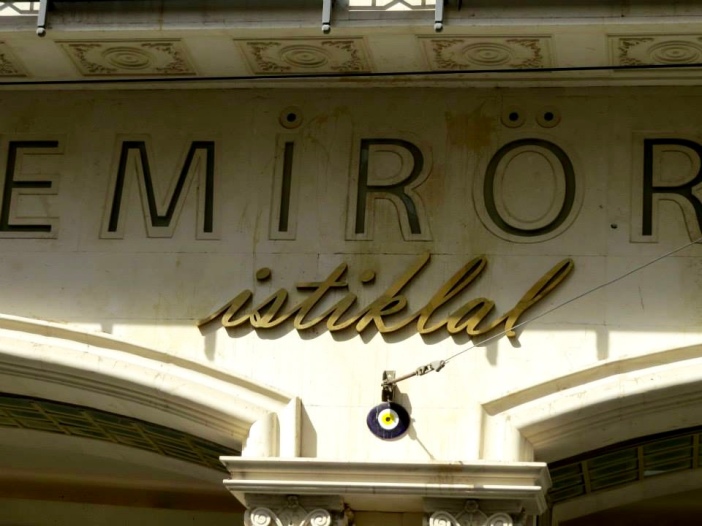
Our first stop was just an ordinary church that was on our way – St Antoine’s. Its stained glass work was more geometric than the ones I had been familiar with.

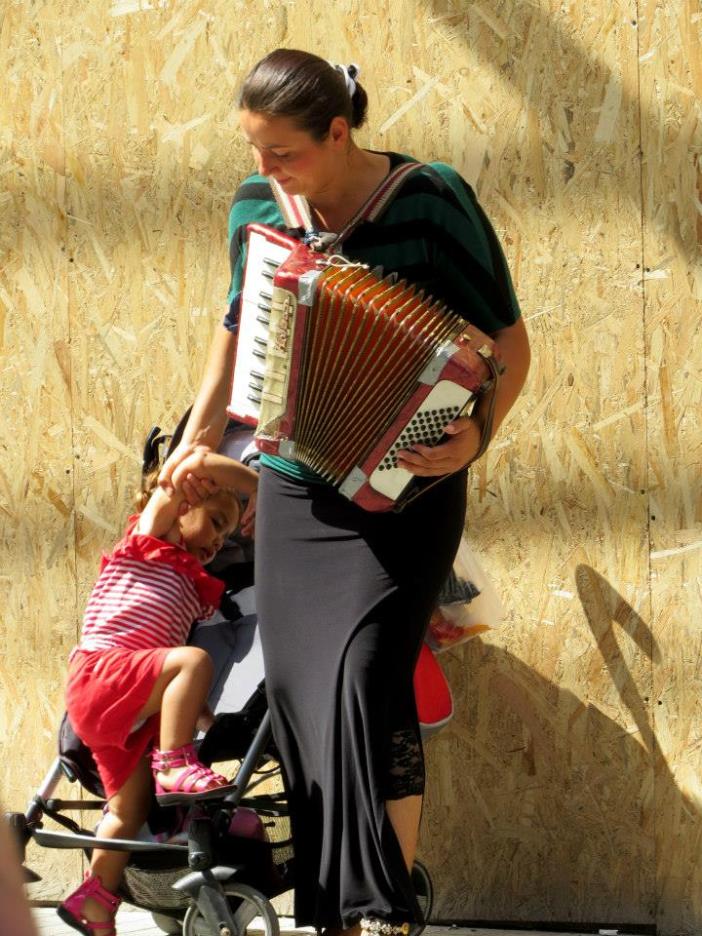




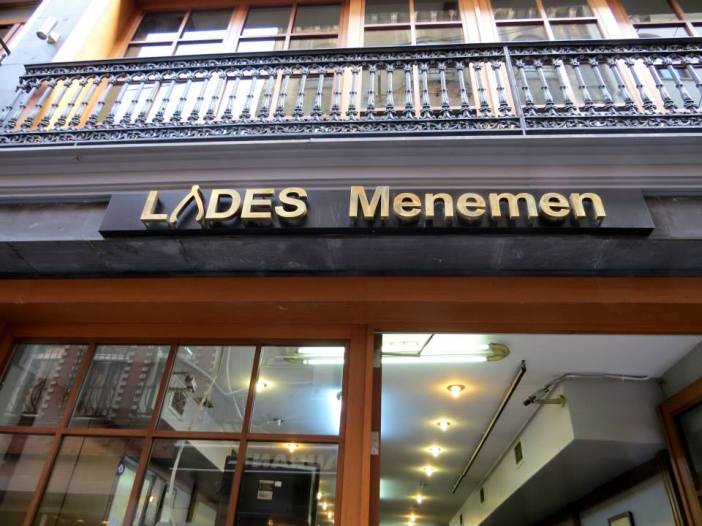



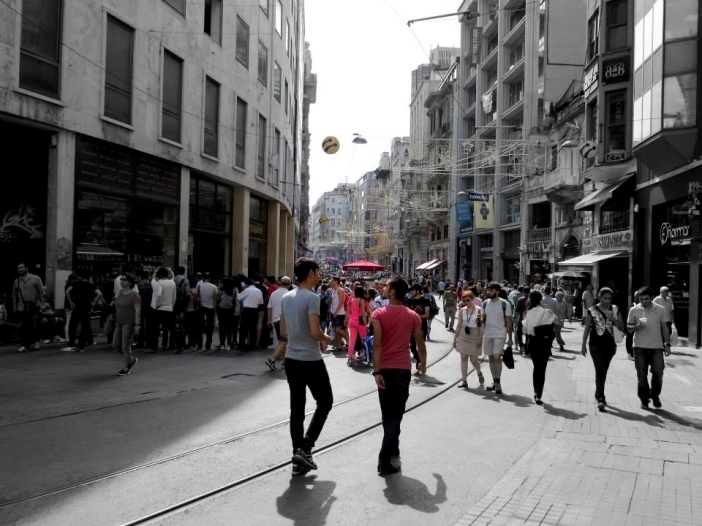
During the Ottoman period, the avenue was called Cadde-i Kebir (Grand Avenue) in Turkish or Grande Rue de Péra in French. It was a popular spot for Ottoman intellectuals, European and the local Italian and French Levantines. When 19th-century travelers referred to Constantinople as the Paris of the East, they were mentioning the Grande Rue de Péra (İstiklal Caddesi) and its half-European, half-Asian culture. With the declaration of the Republic on October 29, 1923, the avenue’s name was changed to İstiklal (Independence) for commemorating the triumph at the Turkish War of Independence. (Source: Wiki)

Towards the southern end of the avenue, in the historic Karakoy (Galata) district, we saw the world’s second-oldest (1875) subway station, popularly known as Tünel (The Tunnel).


The very interesting Music Street which leads to the iconic Galata Tower.
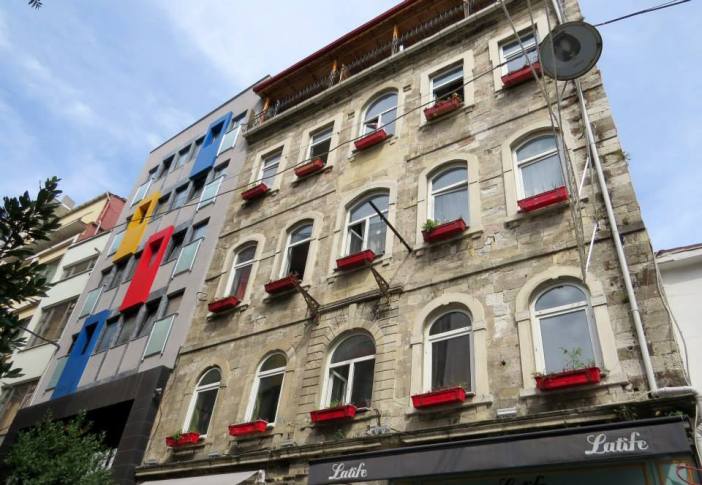

Galata Tower has dominated Beyoğlu‘s skyline since 1348 and still offers the best panoramic views of the city.
Originally named the Tower of Christ, the 66.9-meter (220-foot)-high tower was the highpoint in the city walls of the Genoese colony called Galata. Most of the walls are long gone, but the great tower, with its 3.75-meter (12-foot)-thick walls remains.
The story is told of how, in 1638, a certain Hezarfen Ahmet Çelebi attached wings to his body and flew (more likely coasted) across the Bosphorus to Üsküdar.
Why he did it once, no one says, nor whether he survived…
Until the 1960s it was a fire lookout tower. Now the upper floors hold the panorama balcony.
(Source: http://www.turkeytravelplanner.com/go/Istanbul/Sights/Beyoglu/GalataTower.html)

The best time come here is around the call of prayer at sunset but this is what the morning view was like. We were lucky to not find a long queue here at all but when we were leaving the crowd was definitely building up.
We were soon back on the streets, climbing up and down the cobbled streets…

And then we reached Istanbul Gar, the last stop of the Orient Express.
Sirkeci Station (Sirkeci Gar) was Istanbul’s historic terminus for trains, designed by Prussian architect August Jasmund and inaugurated on February 11th, 1888, during the reign of Sultan Abdülhamid II. Though officially named Istanbul Gar, everyone knows it as Sirkeci to differentiate it from Haydarpaşa Gar (1908), the newer terminus on the Asian shore of the Bosphorus.
Sirkeci is where the famed Orient Express ended its run from Paris, at this Orientalist station. European and Turkish-Thracian intercity trains no longer arrive and depart at Sirkeci. Even so, it’s a pleasure to stroll through the station and imagine the famous 19th-century luxury train arriving in Constantinople with its eminent passengers being met by uniformed dragomans (guide-interpreters) from the great European embassies. (Source: http://www.turkeytravelplanner.com/go/Istanbul/Transport/SirkeciStation.html)

Watch the slideshow below.
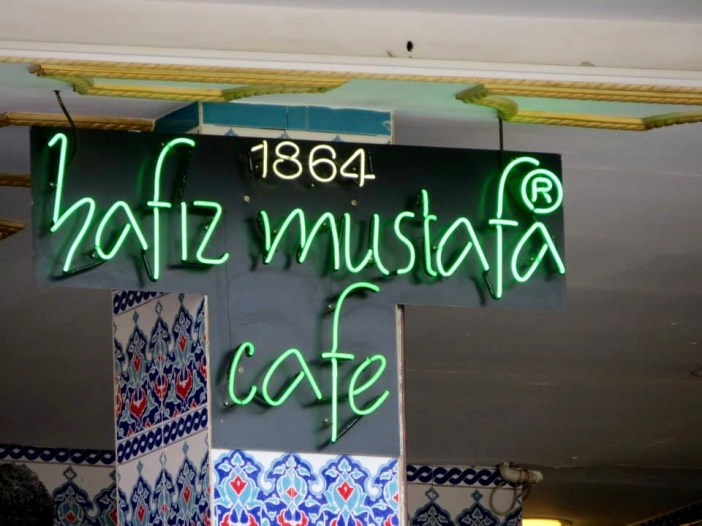
Next stop was the legendary Grand Bazar.
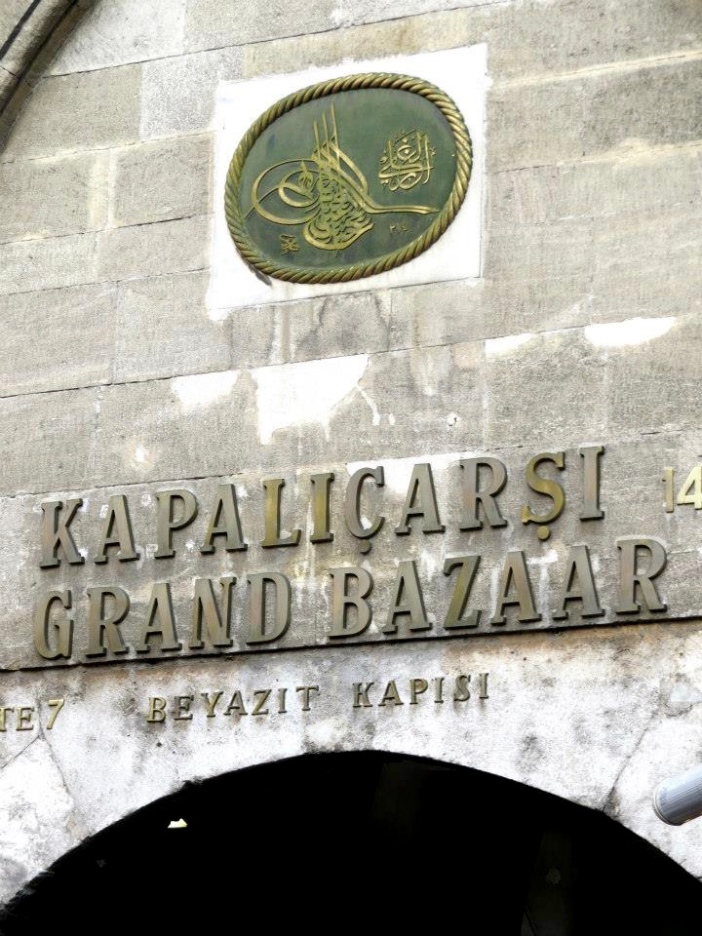
The experience was an enjoyable assault on all our senses. Check the slideshow below.
Then we walked on to watch the dervish dance show. Our 2 top-of-the-list venues were not open that day. So we chose the 3rd best (as per our research) whose setting was at what was once a hammam (Islamic variant of the Roman bath, steambath, sauna, or Russian banya, distinguished by a focus on water, as distinct from ambient steam). The hammam experience was one thing I chose to avoid as it was beyond my comfort zone. And also because I didn’t find the idea of being doused in ice-cold water, albeit once, during the process, appealing at all.

The much anticipated dervish dance didn’t really live up to our expectations as we found it becoming a little repetitive and boring towards the end. However, it was visually very interesting but alas, photography was strictly prohibited as it had a religious element attached to it. Explore this link to see what the performance looks like. We watched the same performers (in the video) that evening. After the show, we traced our weary steps back to our apartment along Istiklal. It was night time but Istiklal never sleeps.

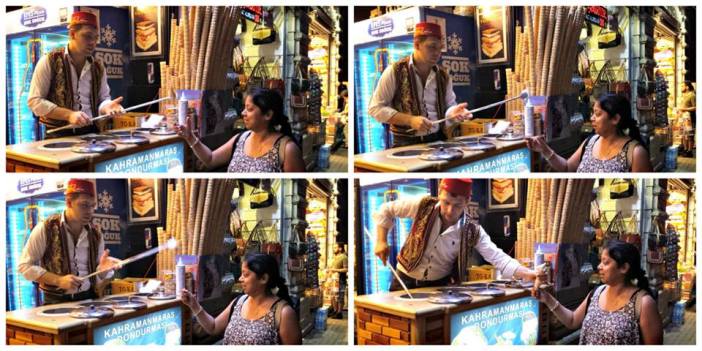




Thus ended my first (very satisfying) day in Istanbul. The next two days, we visited the Aya Sophya, Topkapi Palace, Spice Bazar, Chora Church and other places of interest after which I flew off to Cappadocia and bus-sed to Ephesus to explore these sites on my own. Those tours deserve separate posts as it would be a crime to just mention them casually.
On my return, I stayed at Hotel Evsen in Sultanahmet area for one night. It was not a great hotel but its location is to die for. I walked to the Blue Mosque the next morning but by the time my turn came (in the very long queue) to enter the mosque, it was prayer time, and I had a flight to catch in a couple of hours. Anyway, that gave me an excuse for another visit! Here are some glimpses of the city on my last morning there.
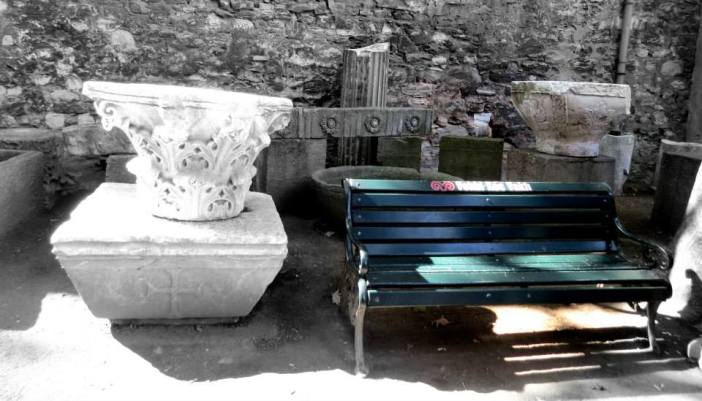
These cobbled streets took me to the Blue Mosque. Hagia Sophia is on the other side but that was done already. There are also some remnants of the Hippodrome in the same area, but you really need to “look” for it. The history is fascinating, but the sight is not, unless you have a very good imagination.
The ancient-ness of this historic city is amply evident from the “new-ness” of the New Mosque.
And no essay on Istanbul (or Turkey) is complete without a mention of their well-fed and drop-dead gorgeous cats. They are everywhere, like you have cows in India, but much more loved and well looked after! I have seen more cats here than I have in my entire life. Check this link for a closer look at the delightful furballs.

And once you talk about the Turkish cat, there is nothing more to write after that….
(All photos by the author unless otherwise specified)
P.S. Here is a very interesting site for interesting and fun facts on Turkey, with lovely photos and videos.
Link to Turkey Part 2.